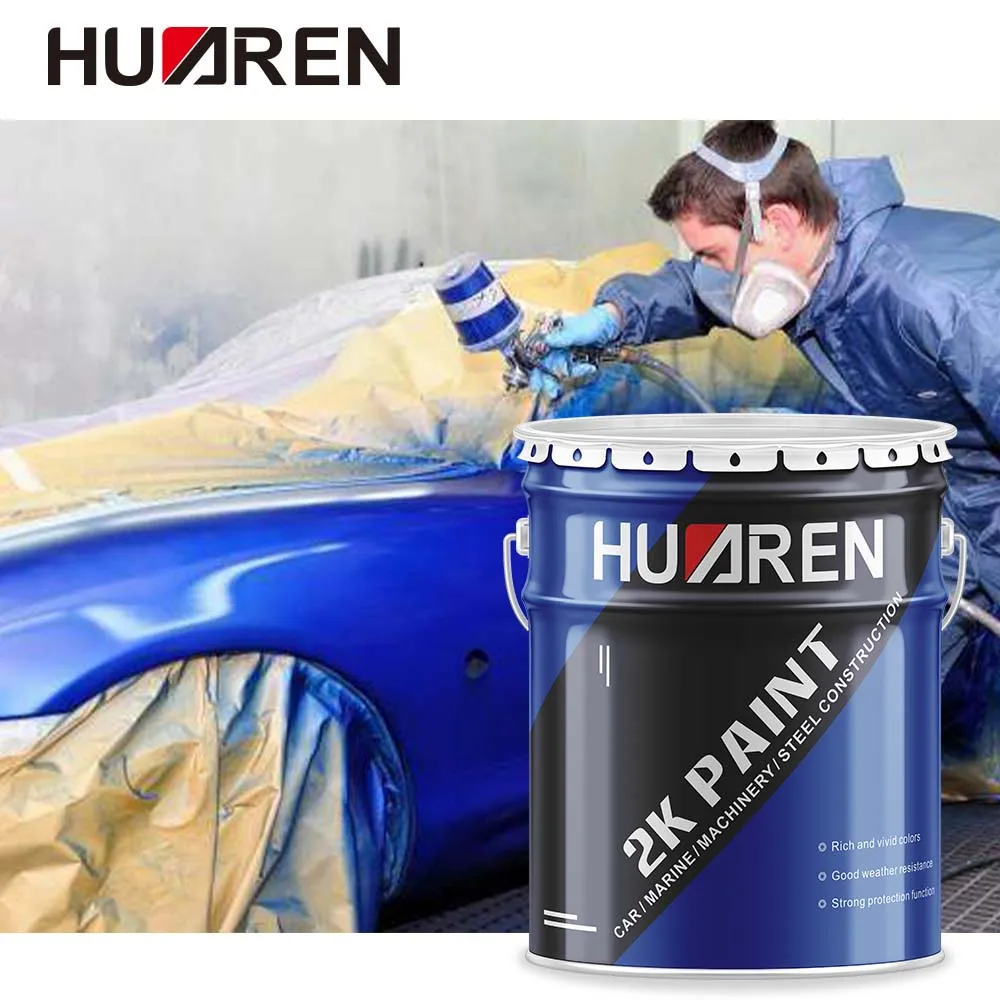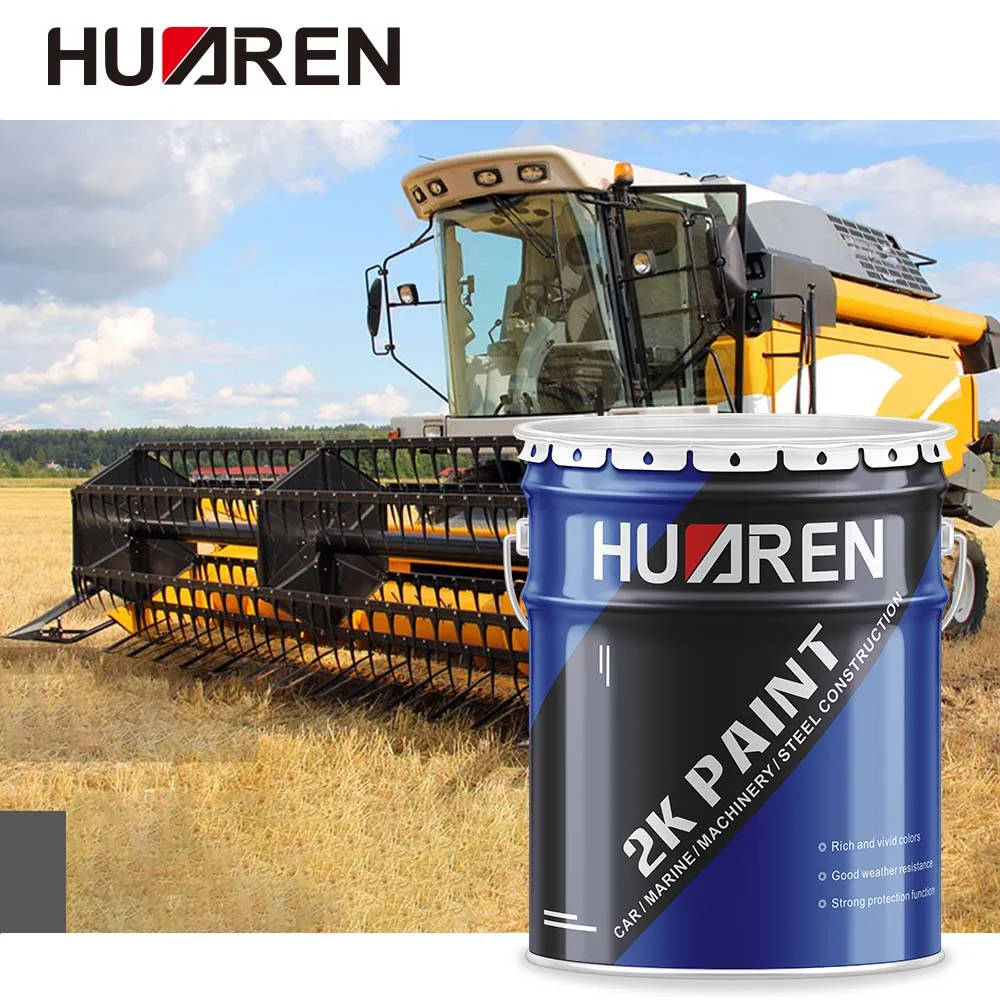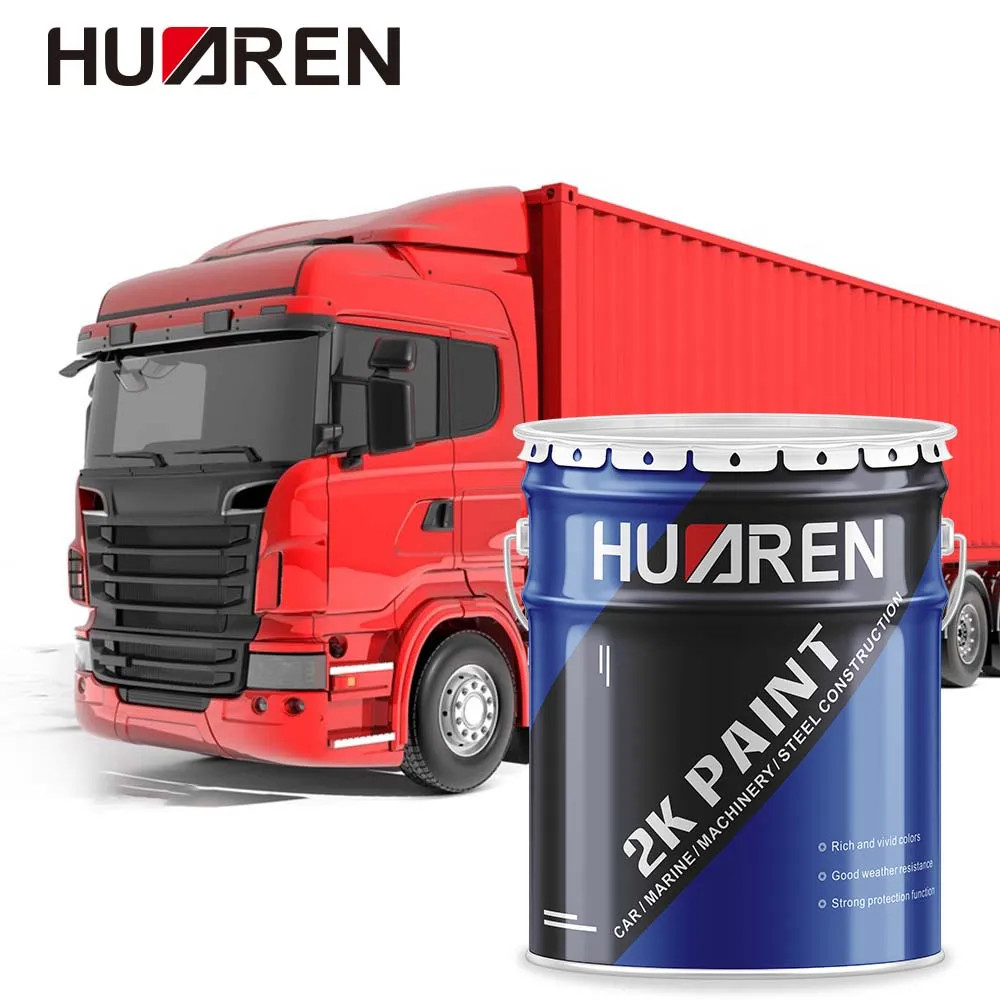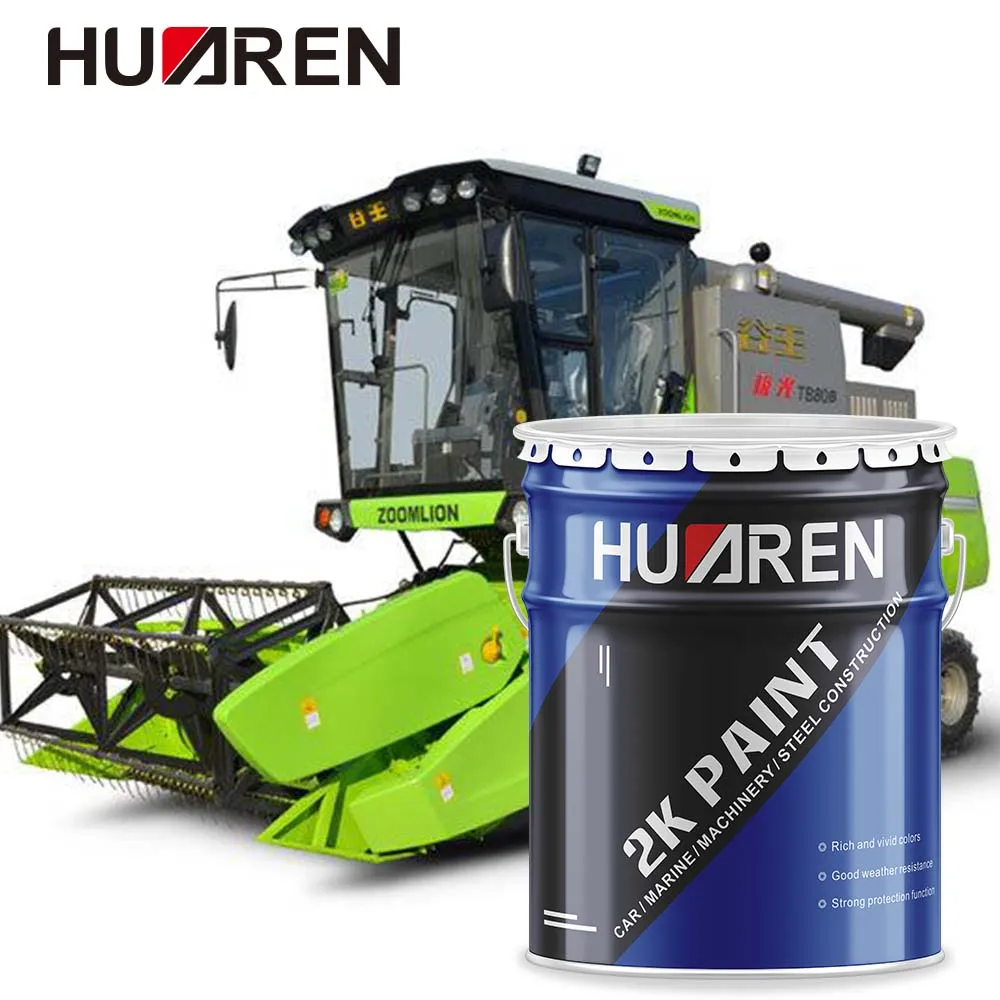In car maintenance and beauty, painting is an important and complex process, and the thickness of the paint film directly affects the beauty, durability and protection of the car. So, what is the optimal thickness of automotive paint?
In this article, we will explore in detail the importance, influencing factors, measurement methods and industry standards of automotive paint thickness to help car owners and professionals better understand and control the thickness of automotive paint.

What is the importance of car paint thickness?
Car paint is not only for beauty, but more importantly, it protects the metal of the car body from erosion by the external environment. Appropriate paint film thickness can: enhance durability, improve anti-corrosion performance, improve aesthetics, and enhance adhesion.
1. Enhance durability: Appropriate paint film thickness can enhance the wear resistance and scratch resistance of the paint surface, making the car surface more durable.
2. Improve anti-corrosion performance: The paint film can effectively isolate air and moisture, prevent the metal of the car body from rusting, and extend the service life of the car.
3. Improve aesthetics: Uniform and appropriate paint film thickness can provide better gloss and color consistency, making the car look brighter.
4. Improve adhesion: Appropriate primer and topcoat thickness can improve the adhesion of the paint film and prevent bubbling and peeling of the paint surface.
What are the factors that affect the thickness of automotive paint?
During the painting process, many factors will affect the thickness of the final paint film, including: spraying technology, paint type, construction environment, number of spraying times, etc.
1. Spraying technology: The type of spraying equipment, the nozzle size of the spray gun, the spraying distance and speed, etc. will affect the thickness of the paint film.
2. Paint type: Different types of paint (such as primer, intermediate paint, topcoat) require different thicknesses, and the brand and formula of the same type of paint will also affect the final thickness.
3. Construction environment: Temperature, humidity and ventilation conditions will affect the leveling and drying speed of the paint, thereby affecting the thickness of the paint film.
4. Number of spraying times: The number of spraying times for each layer of paint and the thickness control of each spraying will directly determine the final paint film thickness.

What is the measurement method for automotive paint thickness?
● Non-destructive measurement method:
Non-destructive measurement method is the most commonly used method to measure the thickness of automotive paint, mainly including the following:
1. Magnetic thickness gauge: suitable for the measurement of steel substrates, using the principle of magnetic induction to measure the magnetic resistance between the probe and the paint film to determine the thickness.
2. Eddy current thickness gauge: suitable for the measurement of non-ferrous metal substrates such as aluminum and copper, and the thickness of the paint film is measured by the eddy current field generated by the probe.
3. Ultrasonic thickness gauge: suitable for the measurement of various substrates, and the thickness is determined by the propagation speed of ultrasonic pulses in the paint film.
● Destructive measurement method:
Destructive measurement method is usually used in laboratories or special occasions, and the thickness of the paint film is measured by physically destroying the paint film, including:
1. Microscope section method: slice the paint film sample, place it under a microscope to observe and measure the layer thickness of the paint film.
2. Wear method: use abrasives to grind off the paint film layer by layer, and determine the total thickness by measuring the thickness of each layer.

Industry standards and recommendations for automotive paint thickness
● Standard thickness range:
Depending on the car manufacturer and the painting process, the standard thickness of automotive paint varies, but in general, the following thickness ranges are more common:
1. Primer: usually between 20 and 40 microns, the main function is to provide adhesion and rust protection.
2. Intermediate paint: usually between 30 and 50 microns, the main function is to provide color and thickness, and lay a good foundation for the topcoat.
3. Topcoat: usually between 40 and 60 microns, the main function is to provide the final gloss and aesthetic effect.
● Manufacturer recommendations:
Major car manufacturers usually give recommended thicknesses for their painting processes to ensure the best painting effect and durability. For example:
1. Volkswagen: 30 microns for primer, 40 microns for intermediate paint, 50 microns for topcoat, and a total thickness of about 120 microns.
2. Toyota: 25 microns for primer, 35 microns for intermediate paint, 45 microns for topcoat, and a total thickness of about 105 microns.
3. Mercedes-Benz: 35 microns for primer, 45 microns for intermediate paint, 55 microns for topcoat, and a total thickness of about 135 microns.
These data are for reference only, and will vary for different models and painting processes.
How to ensure the optimal thickness of car paint?
1. Choose a professional painting service
Choosing a professional painting service is the key to ensuring the appropriate thickness of the paint film. Professional paint shops have advanced spraying equipment and technology, which can accurately control the thickness of each layer of paint to ensure that the manufacturer's standards and the best results are met.
2. Regular inspection and maintenance
Regularly checking the thickness of the automotive paint film is an important measure to ensure its long-term protective effect. By using a non-destructive thickness gauge, car owners can monitor the thickness of the paint film at any time, and promptly detect and repair the wear or damage of the paint film.
3. Follow the construction specifications
When painting a car, strictly following the construction specifications is the key to ensuring the appropriate thickness of the paint film. Including surface treatment before spraying, thickness control during spraying, and drying and curing after spraying, every link must be strictly operated in accordance with the standards.

Actual case analysis of spraying car paint
Case 1: Paint film thickness inspection for family cars
Mr. Li found that the body of his family car had slight scratches, so he bought a magnetic thickness gauge for testing. The measurement results showed that the paint film thickness of various parts of the body was between 100 and 120 microns, which was in line with the standard thickness range of Volkswagen. He decided to repair the scratches by himself and spray according to the standard thickness, and the final effect was good.
Case 2: Full car spraying of luxury cars
Mr. Wang owns a Mercedes-Benz S-Class. Due to long-term use, the paint film of the body gradually aged. He sent the vehicle to a professional spray paint shop for full car spraying. Professional technicians used an ultrasonic thickness gauge to measure the original paint film and found that the thickness of some areas was less than 100 microns. The technician sprayed according to the standard thickness of Mercedes-Benz cars, with a primer of 35 microns, an intermediate paint of 45 microns, a topcoat of 55 microns, and a total thickness of 135 microns. After professional operation, the vehicle is brand new, and the gloss and thickness of the paint film are in the best condition.
Case 3: Advertising spraying on commercial trucks
A logistics company needs to spray the company logo and advertisements on the body of its trucks. Since the advertisements need to be updated regularly, the company chose 1K automotive primer and topcoat, and polished and cleaned the body surface before spraying. During the spraying process, the technician used an eddy current thickness gauge to monitor the paint film thickness in real time to ensure that each layer of paint film is uniform, and finally reached a total thickness of 100 microns. The advertising spraying effect is good and the cost is controlled within a reasonable range.
Conclusion on the optimal thickness of car paint
The optimal thickness of automotive paint is a decision that requires comprehensive consideration of multiple factors. The thickness of primer, intermediate paint and topcoat needs to be controlled within a reasonable range to ensure the adhesion, anti-corrosion performance, durability and aesthetic effect of the paint film.
By understanding the importance, influencing factors, measurement methods and industry standards of car paint thickness, car owners and professional spray painters can make more informed choices to ensure the best effect in terms of beauty and protection of the car.

